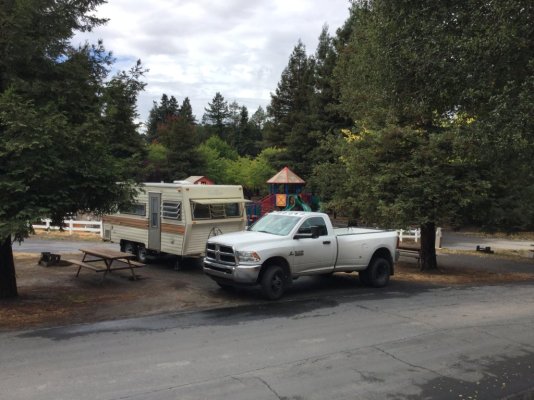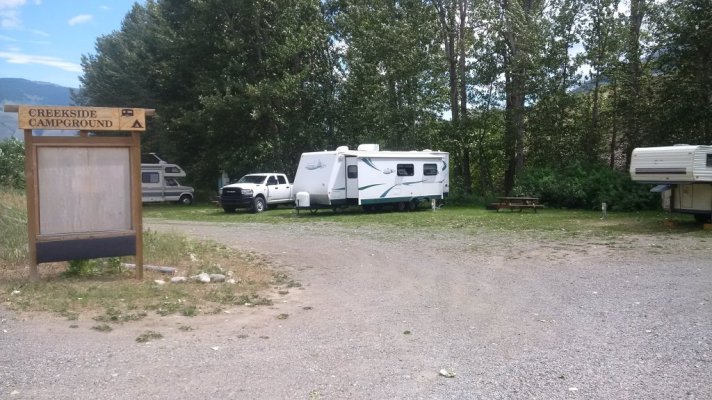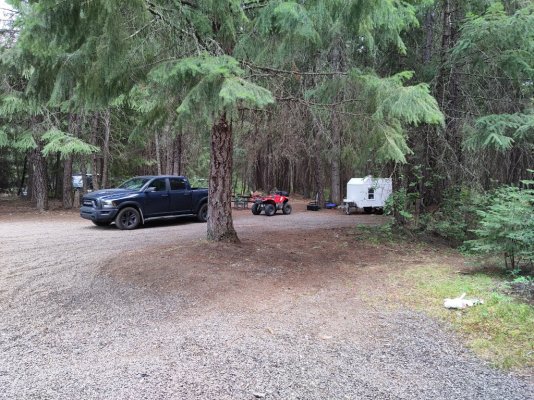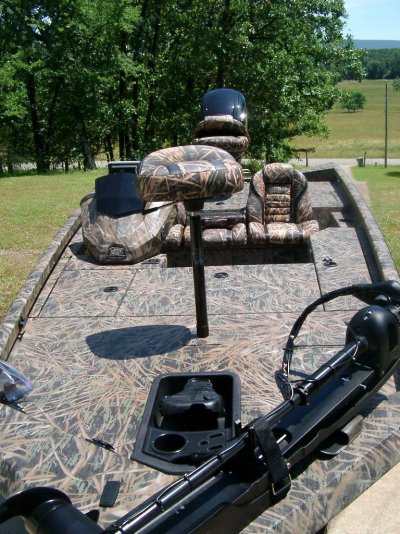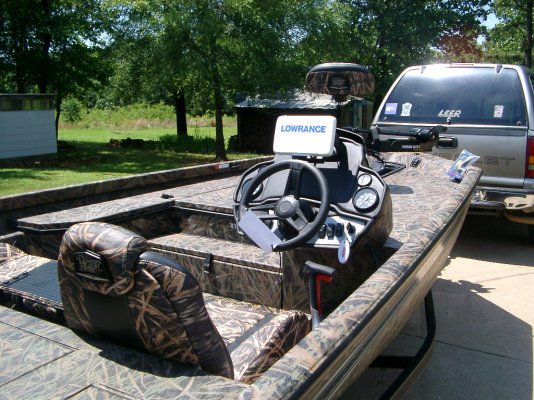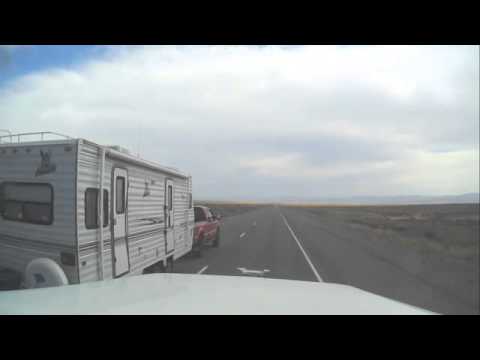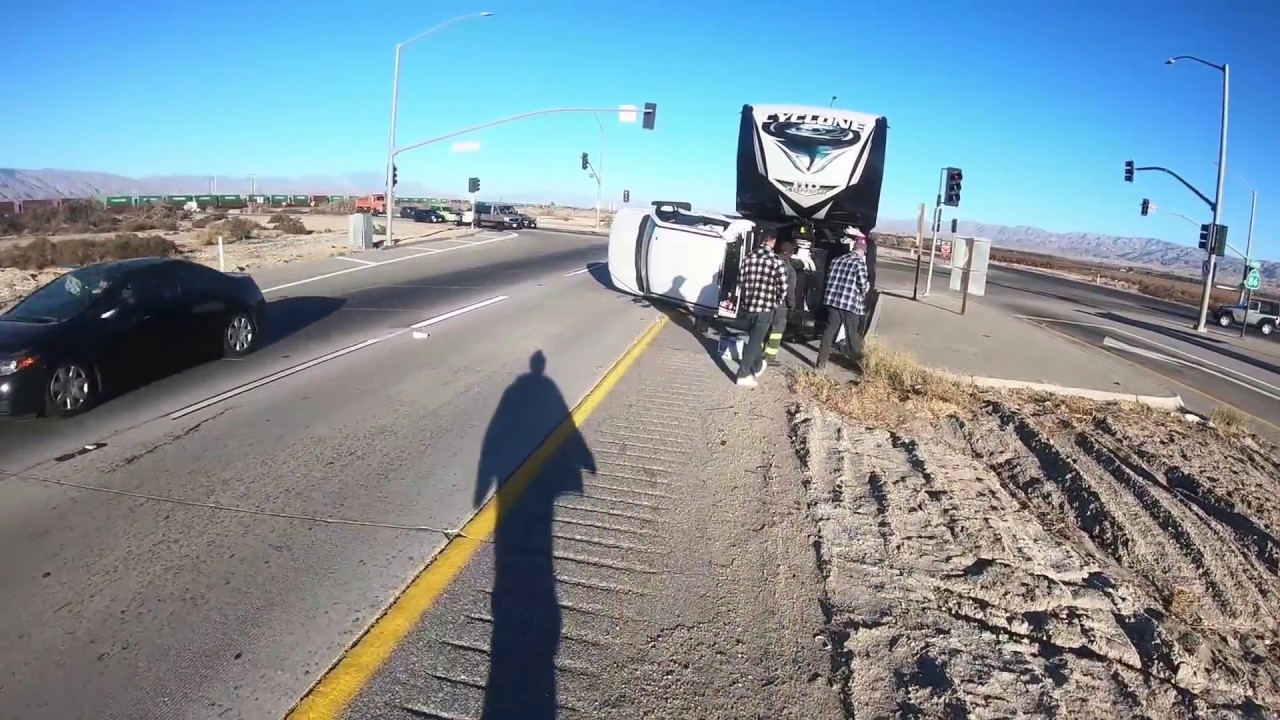What your posts tell me is you assume a lot, I never said boat trailer was the same as tt or fiver. Where all trailers are similar is the placement of the axles in anticipation of the designed load. Boat and toy hauler trailer axles have to further set back to deal with back loaded trailer. A lot toy haulers pin weights are heavier unloaded than once the trailer is loaded. There's even fivers and goosenecks axles are not rated for the trailer's full GVWR(how is that possible..).
I am aware of that. I believe way back in this thread I mentioned toyhaulers and the pin weights. You still don't calculate that % under the assumption that it will always have something in the back. Isn't always true. Calculate for worst case scenario. Buy enough truck to cover that and the rest won't matter.
Because the axles don't carry the full weight of the fiver. Either the front landing gear or the pinbox carries part of the weight.. hence the 18-25% rule. The axles aren't designed to carry the entire load. Granted, I think the manufacturers way undersize their axles anyhow but this is why.
For example: My previous Chaparral 392MBL has 2 Dexter 7,500 lb axles (15k lbs). The GVWR of the trailer was 16,500 and I ran it at max GVWR. Since the pin weight was around 3,300 lbs, that only put about 13,200 on the axles, leaving a cushion of about 900 lbs on each axle.
At a minimum 15%, you're only leaving about 490 lbs per axle of capacity and making for an extremely light pin weight. While one poster mentioned wagging the dog as a TT specific issue (which it is), porpoising and chucking is not and it becomes a problem on fifth wheels just the same when there is not enough pin weight resting on the truck. Instead of the trailer wagging left or right it is hopping up and down. Equally as dangerous since it can reduce stability of the truck.
At the recommended 20% you leave 900 lbs of available capacity on each axle and add enough pin weight to keep the nose down to reduce porpoising. Well within spec at that point, and a lot less risk of failure. At 22% (if the truck can support it) you add 1,065 lbs of capacity to each axle.
What will determine the final pin weight aside from a CAT scale is if the rig still tows level. If it's nose down or nose high it introduces additional issues and adjustments have to be made to compensate. If you can't make enough adjustments to tow level, keep the axle weights right, and keep bed clearance right, and stay within the capacities of the truck, you're in a pickle.
